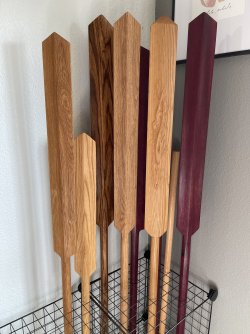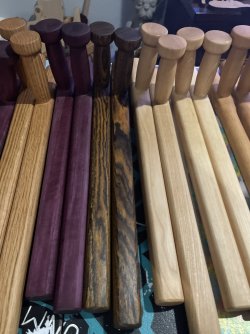Gyuki
Yellow Belt
Hi, I am wondering if you would know of a Kobudo weapon maker that is very reliable in your area. I am looking more for smaller outfit not bigger companies like Century or similar.
Thank you fot sharing.
Thank you fot sharing.







